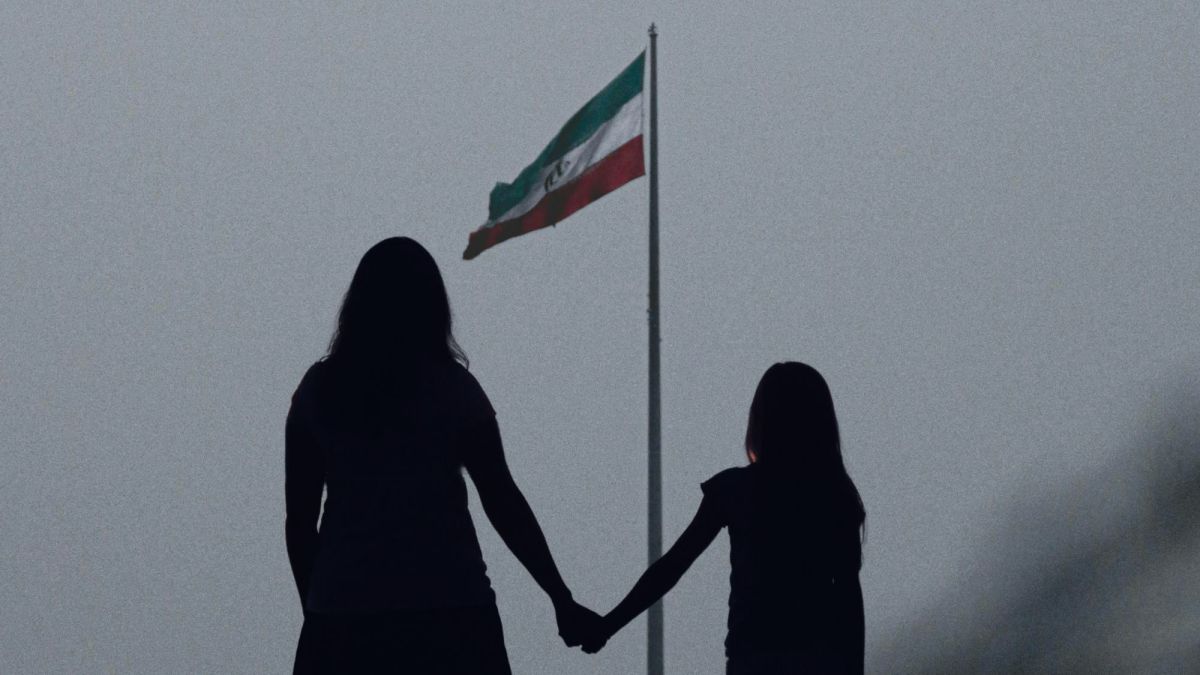Inside Iran's Penal Code
The case of Sakineh Ashtiani happened in the 21st Century, yet its penalties lie within the draconian 7th Century Islamic law. You probably have little clue. She is the mother of two children. She will be murdered by the Iranian legal system by stoning her until dead. Her crime was adultery.
Of course, had this been in pre-1979 Iran or had the Islamic Revolution then had not occurred, she would be allowed to live. In fact, consensual sexual relations between men and women then were not even a crime. The revolution turned a modern Iran then back into a weird, 7th Century law, as if time stood still. Since 1979, in Iran, extramarital affairs are a crime. For a non-married man or woman, the sentence is 100 lashes. Under Article 86, if you are married and cheat, the penalty is death by stoning. Under Iranian law now, Iran allows polygamy, so a guy can have many wives. In Iran, a marriage can last as little as a few hours, a man could claim as a defense, that their affair is just temporary marriage. Men use this loophole to escape the brutal stoning death penalty that women must face.
If a man or woman commits adultery because they were denied sexual access to their spouse, the penalty is 100 lashes. A woman may have sex with a minor and not be stoned and only face lashing. In Iran, a girl is "mature" for everything at age 9, for boys it is 15. If the woman has an affair with a boy who is 16, she will get stoned. If 15, she will not because the boy is a minor. A stoning verdict occurs without any testimony of the plaintiff if evidence proves it and Article 105 allows this verdict based simply on the husband's complaint, nothing more.






